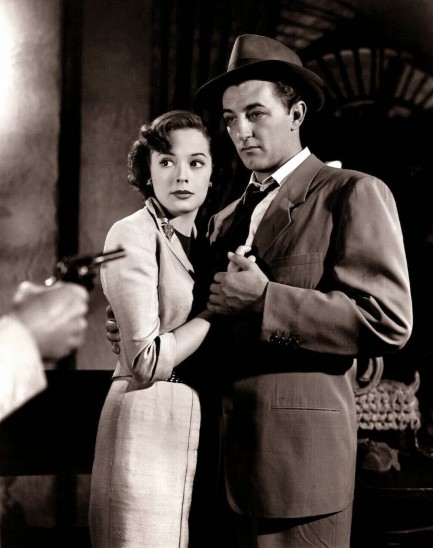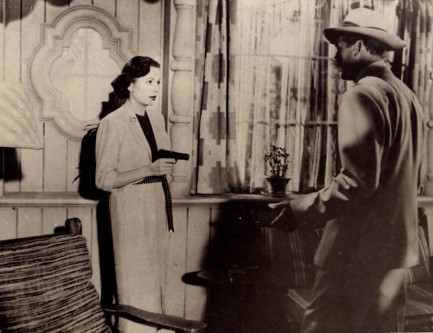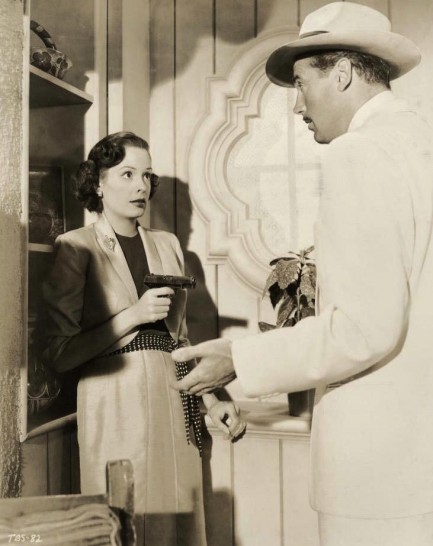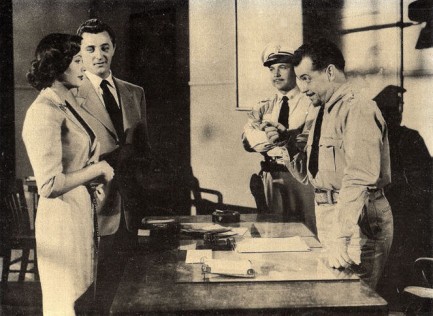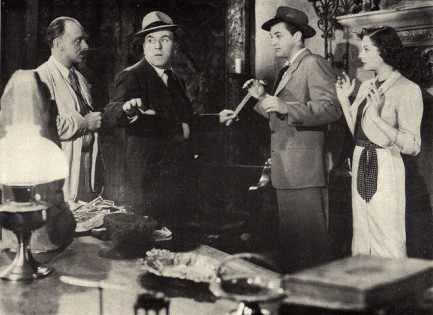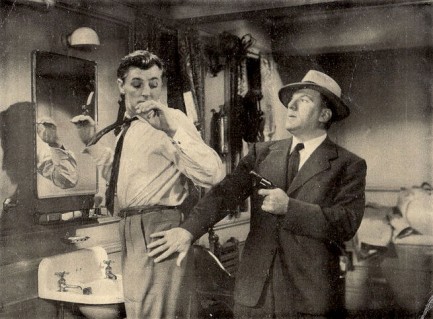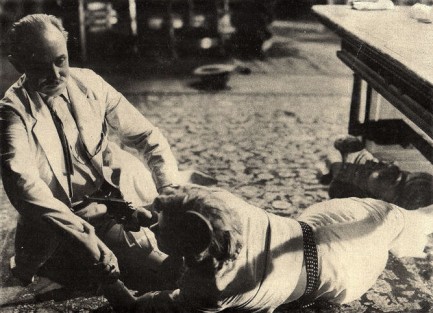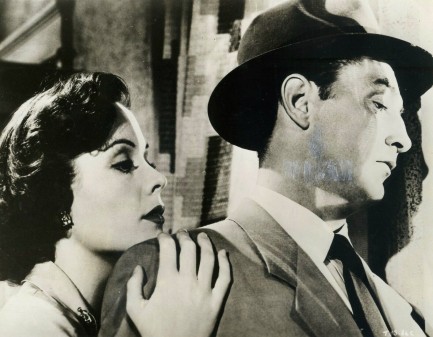 When there's a killer on the loose you'd better sleep with one eye open. 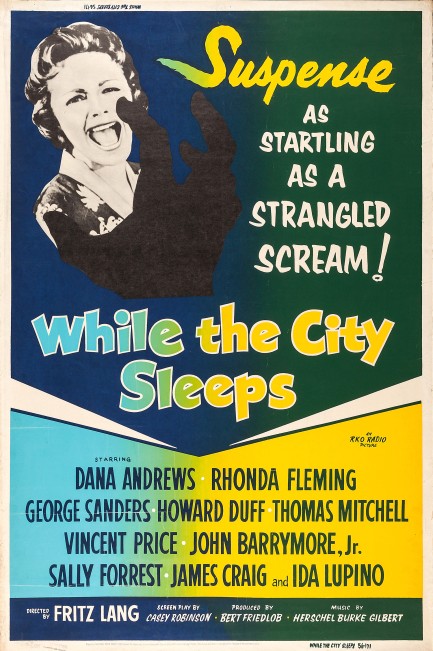
This poster for While the City Sleeps doesn't impress with masterly art the way so many vintage promos do, but its simplicity is, in an oblique sort of way, we think, meant to echo tabloid covers from the era. RKO made a special poster in collaboration with Confidential magazine, which you'll see below. The movie's plot is pure tabloid fodder. A serial killer has slain women in New York City, leaving the cryptic message “Ask mother,” written on the walls of one murder scene. Vincent Price, owner of Kyne News Service, part of a media empire comprising ten newspapers, a wire service, and other interests, offers the position of executive director to three employees in order to draw them into cutthroat competition with each other. Soon it becomes clear that finding the identity of the “lipstick killer” is the winning move. Intrigue and subterfuge take over the office. Everyone gets involved, from senior editors to stringers to gossip columnist Ida Lupino, but the killer is too clever to be caught.
At least until intrepid Pulitzer Prize winning television reporter Dana Andrews airs a scornful and taunting broadcast, deliberately setting up his own fiancée as bait. He doesn't even ask her permission. Well, he does, but only after arranging to publish their engagement announcement in the New York Sentinel right next to a story about the killer. Reckless? Yes. Presumptuous? For sure. There are intertwined plotlines here, but Andrews using his true love as a lure was the most interesting aspect for us. He isn't the only heel on display. The movie is ostensibly about a serial killer, but is really a framework for exposing backbiting and cynical ambition in the big city. Director Fritz Lang, in what was his penultimate U.S. film, explores the cruel banality of what, these days, some call “hustle culture,” and brings the production to a conclusion that's, in the words of Thomas Mitchell's character, “Neat, but nasty.” Our words are: a mandatory watch. While the City Sleeps had a special world premiere today in 1956. 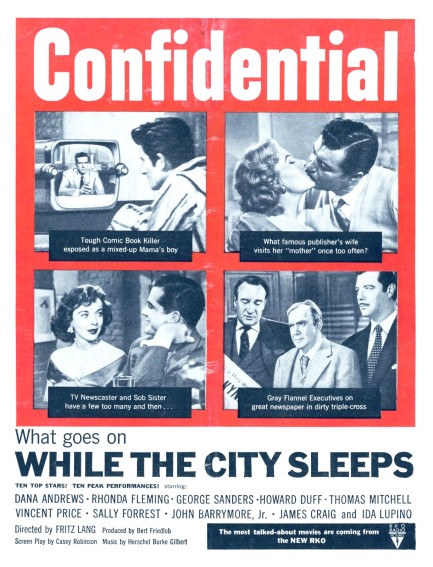 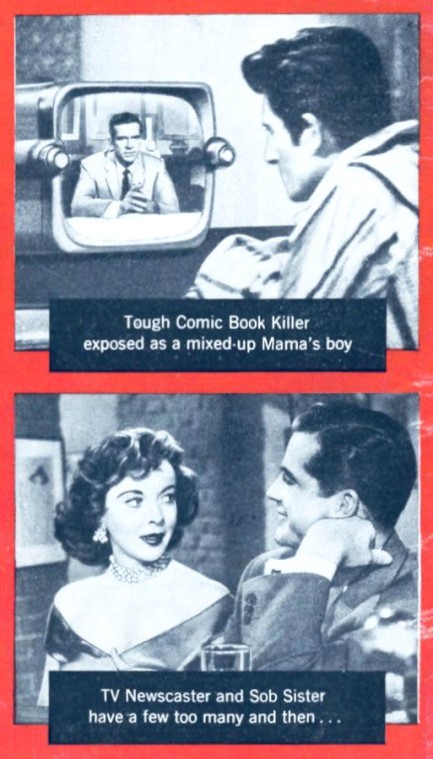 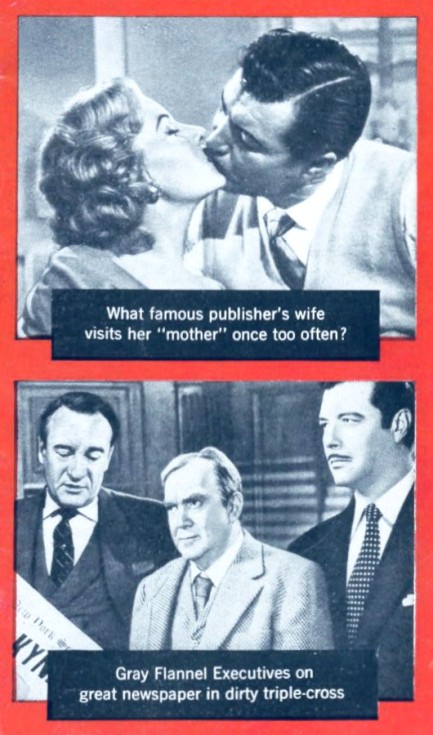 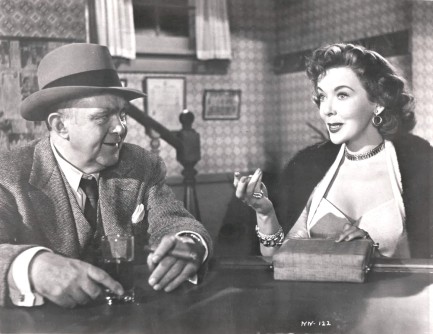 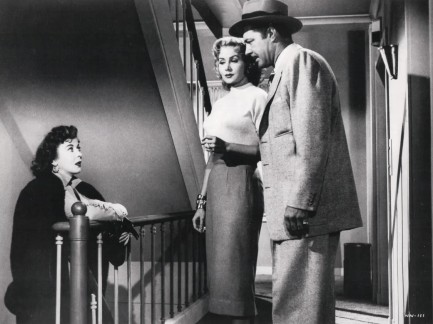 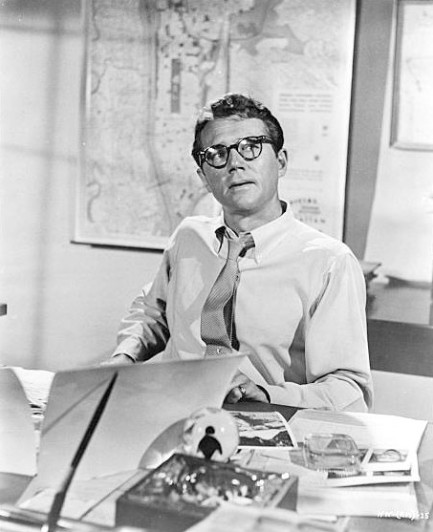 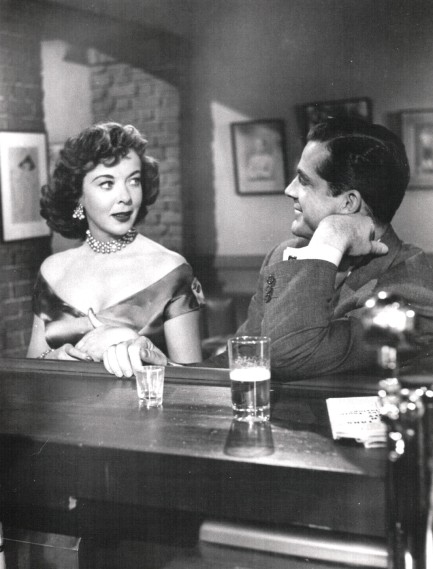 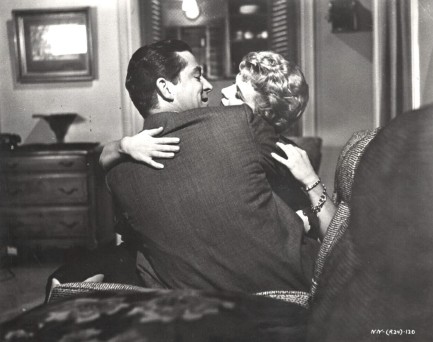 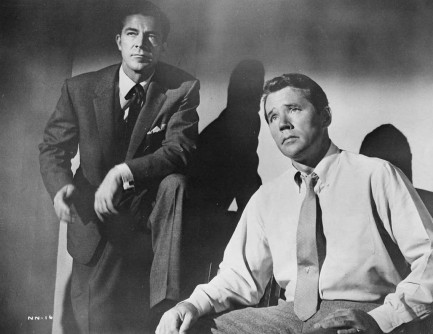 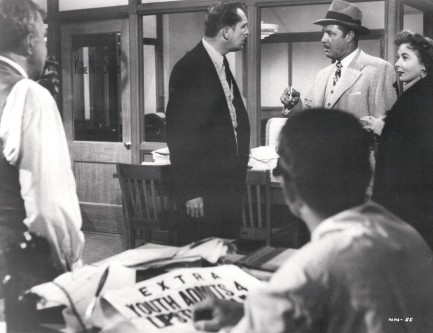 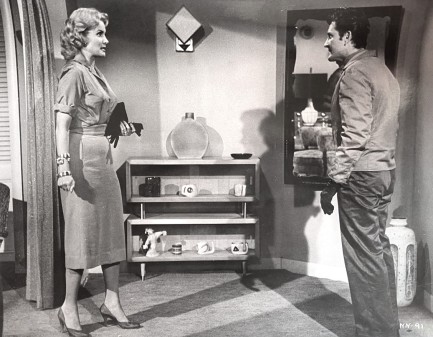 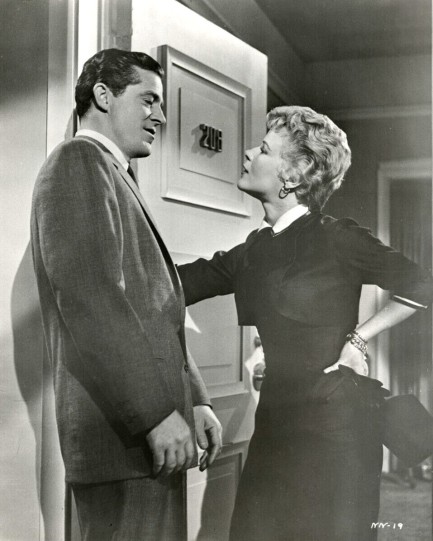 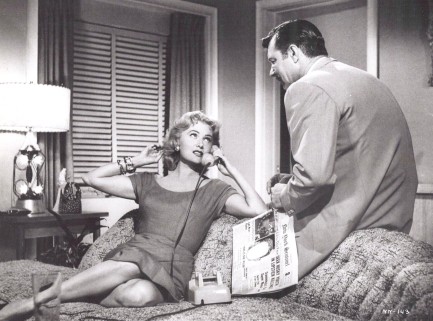 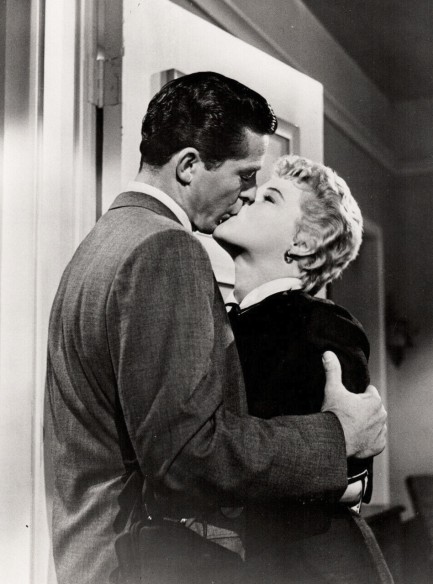 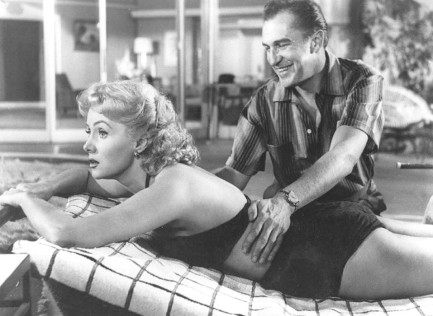 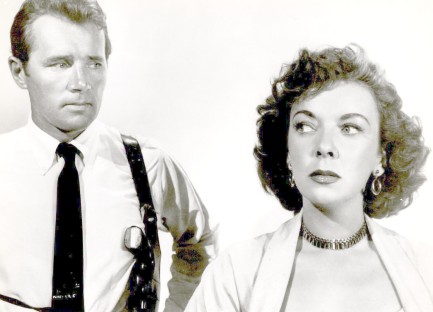 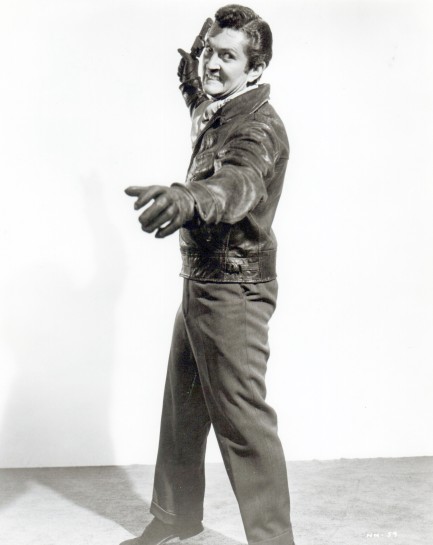 Edit: Vintage movies are excellent windows into bygone customs and practices. There's a great moment in this one. Rhonda Fleming and James Craig are chatting in her apartment late one night when the doorbell unexpectedly buzzes. They look at each other confused for a second, then Fleming says, “It's probably the drugstore. That was the last bottle of Scotch.” Edit: Vintage movies are excellent windows into bygone customs and practices. There's a great moment in this one. Rhonda Fleming and James Craig are chatting in her apartment late one night when the doorbell unexpectedly buzzes. They look at each other confused for a second, then Fleming says, “It's probably the drugstore. That was the last bottle of Scotch.”
You know, there were a lot of things wrong with the mid-century era. But there were a few things right too. Getting the all-night drugstore to deliver booze has to be one of the most right things we've ever heard of, so we give thanks to While the City Drinks—er Sleeps—for clueing us in, and suggest you call your congressional rep immediately and ask for a law allowing pharmacies to deliver alcohol. If not for yourself, do it for the children.
 Round and round she goes. Where she stops nobody knows. 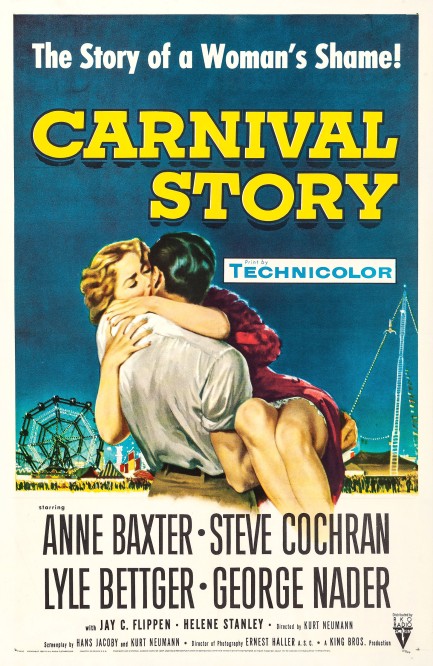
We like books set in carnivals. They've been among our most interesting reads. So we figured a movie set in a carnival—Carnival Story, with Anne Baxter and Steve Cochran—was a natural. We gave it a look and it's an above average drama about how Baxter becomes a high diver in a Munich carnival and makes a big splash, but has relationship issues that threaten to derail her career and life. Her main problem is Cochran. He lies, he cheats, and he steals, but she just can't quit him, even though her diving partner Lyle Bettger is totally devoted to her. Even after she marries Bettger she can't keep her hands off Cochran. This can only end badly. And by badly we mean violence and death.
Carnival Story is one of those movies with an unspoken sexual subtext. Why would Baxter let Cochran mistreat her again and again? Well, because he gives her something no other man can. Though it couldn't be shown onscreen we can understand that something to be sexual passion. Bettger, and later George Nader, are both devoted to Baxter, and they're nice guys besides, but they're square. Cochran gets Baxter's loins all feverish. Portraying a woman trapped in this dilemma during Hollywood's age of censorship takes acting skill, and Baxter, an Academy Award and Golden Globe winner by this point, has plenty of that. Anything she's in is worth a watch. Carnival Story premiered today in 1954.
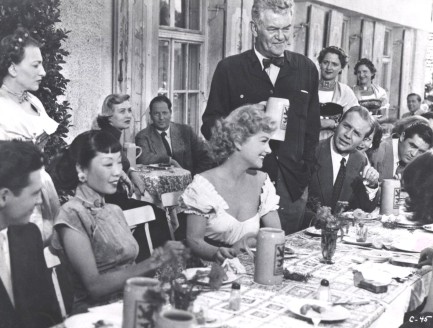  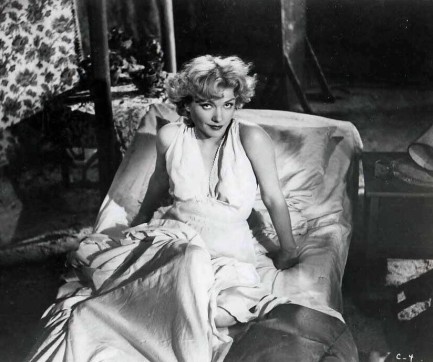 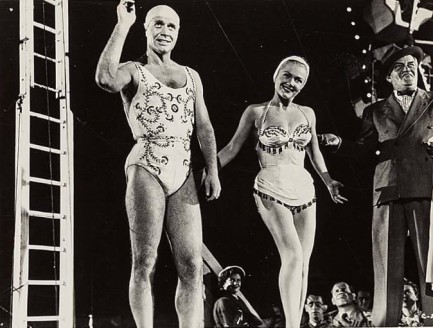 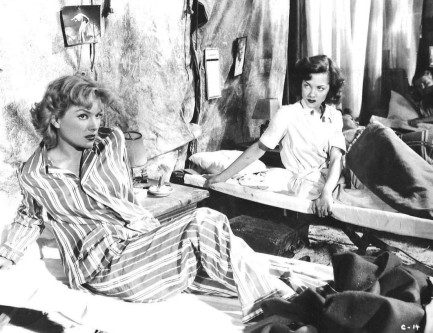 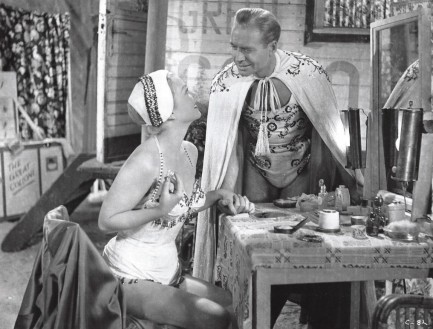 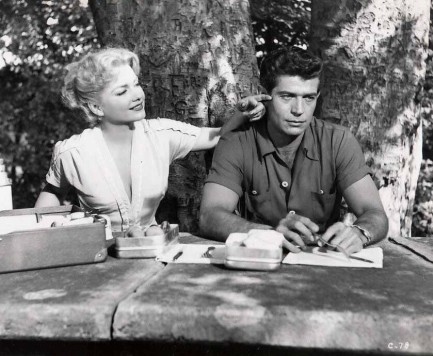 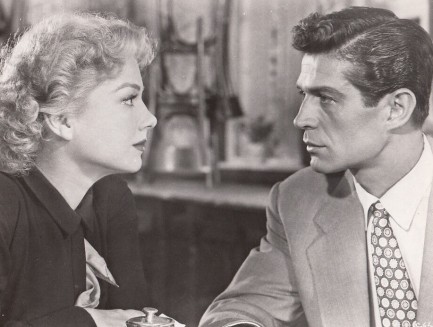 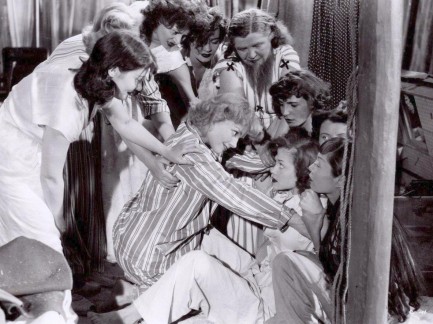 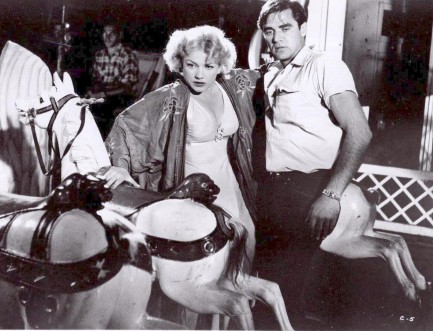 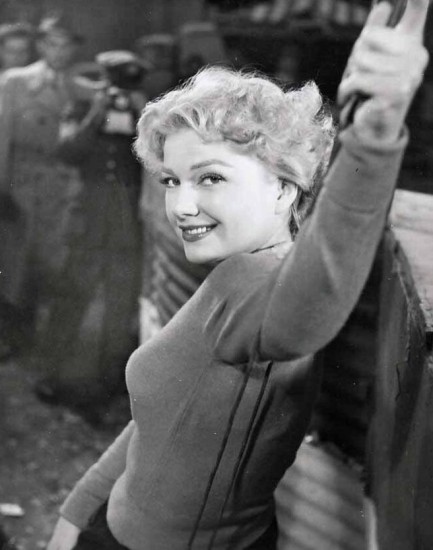 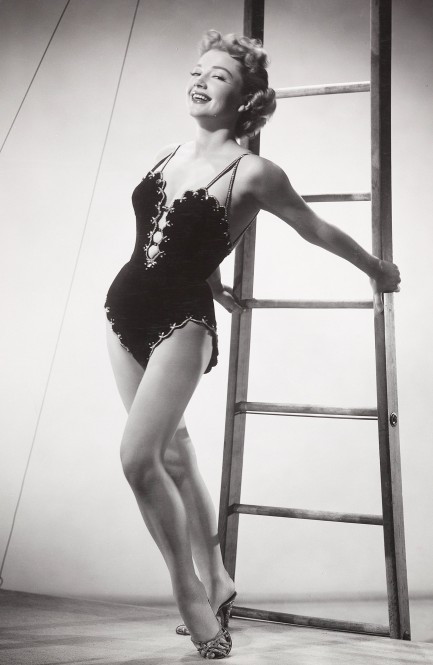 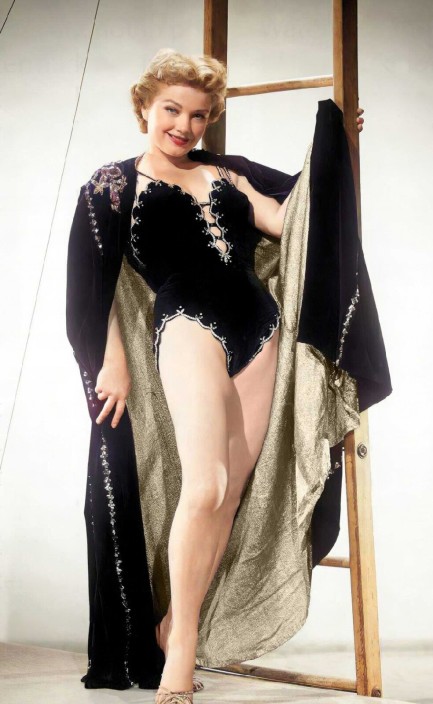
 Once you get into the habit it's hard to stop. 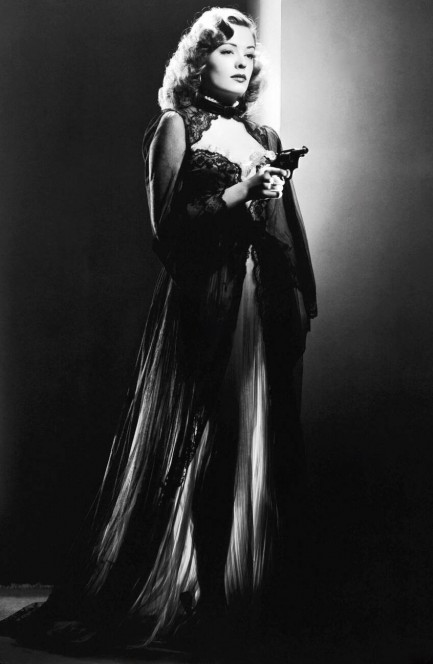
It's Jane Greer again, in yet another pistol packing promo image from her mandatory 1947 film noir Out of the Past. This makes the third we've posted. Here she's in a different outfit and on a different set than the other two. See those previous images here and here, and check out another nice armed promo of her from The Big Steal here. We'll share an image of her without a gun soon. Yes, she actually made some, amazing as it seems. Also, watch Out of the Past. It's one of the most visually gorgeous film noirs ever.
 Tired of checkers, chess, and cards? Has he got a game for you. 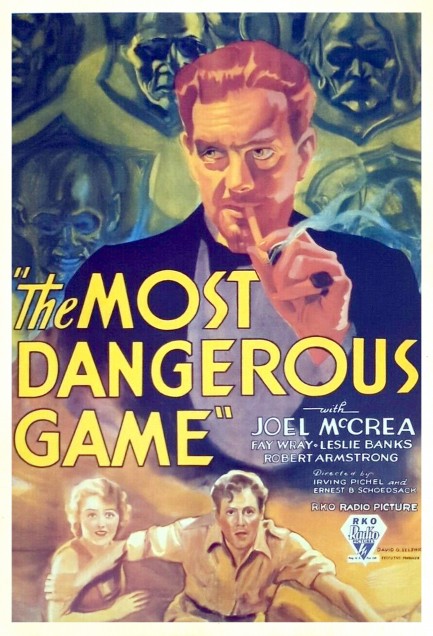
Man hunted in the wild by a supposedly more intelligent and powerful foe is a concept used numerous times in Hollywood with great success, perhaps reaching its pinnacle with 1987's sci-fi actioner Predator. The idea goes all the way back to The Most Dangerous Game, a pre-Code chiller starring Joel McCrae, Leslie Banks, and Fay Wray. When a luxury yacht of upper crust types runs aground off the Pacific coast of South America, only McCrae survives. He's landed on a jungle island owned by a mad Russian named Count Zaroff, played with walleyed fervor by Banks, who hunts humans for kicks.
Zaroff's creepy ole stone mansion doesn't look like a place where one might hope to find aid, but McCrae has no choice but to go there. He isn't the only stranded raw meat hanging around. Boats occasionally crash because the Count moved the channel markers that are supposed to warn boaters away from the rocks. With each shipwreck he has new game to hunt. Wray is already on the island, having run aground before McCrae. She has an inkling things are not kosher, and she turns out to be correct.
The movie is stagy and clunky in its expository sequences, like most pre-Code productions, and Wray's acting is a sheer hoot, but there are positives. There's striking outdoor footage shot around Rancho Palos Verdes, which adds excellent imagery to a film that is indisputably a high visual achievement, and that in turn helps the action sequences come across as both gripping and believable. And of course the basic idea always works. Hunter and hunted, a battle of wits, a match to the death. The Most Dangerous Game premiered today in 1932.  *sigh* I'm getting mighty fucking bored on this island. Even my best formal wear doesn't lift my mood anymore. *sigh* I'm getting mighty fucking bored on this island. Even my best formal wear doesn't lift my mood anymore.
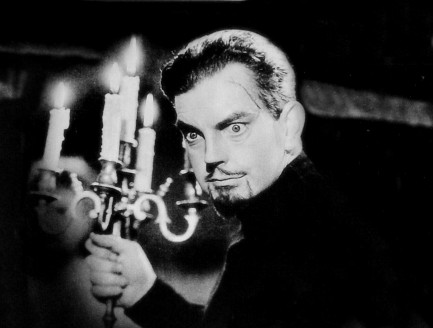 My God. I suddenly have the most dastardly idea. My God. I suddenly have the most dastardly idea.
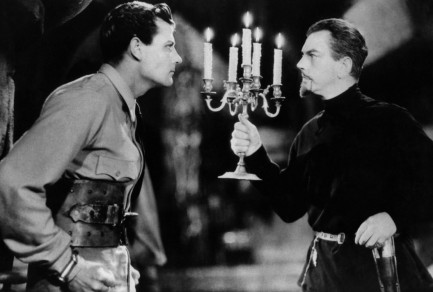 And now we shall play a very dangerous game! Staring like cats! We'll be in danger of enjoying ourselves! And now we shall play a very dangerous game! Staring like cats! We'll be in danger of enjoying ourselves!
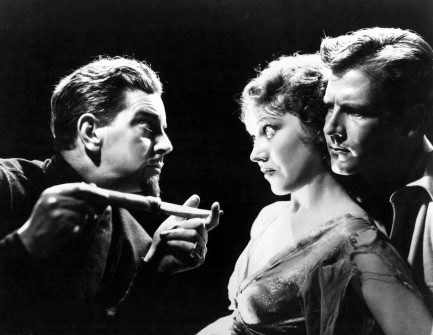 Stand against the wall and I'll throw this knife at you. I mean—not at you. Close enough to be dangerous. I mean— Okay, I can see you're not into it. Stand against the wall and I'll throw this knife at you. I mean—not at you. Close enough to be dangerous. I mean— Okay, I can see you're not into it.
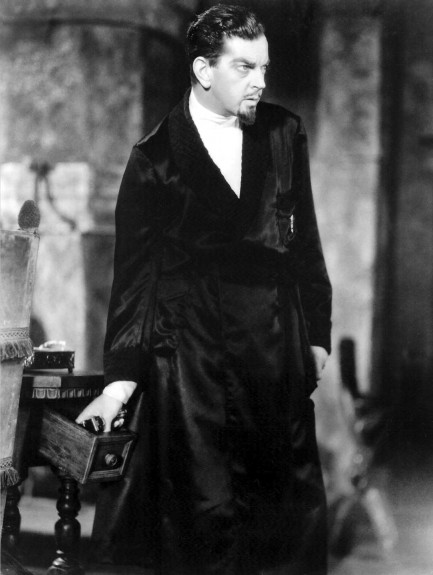 How about a little Russian roulette? That's a fairly dangerous game. How about a little Russian roulette? That's a fairly dangerous game.
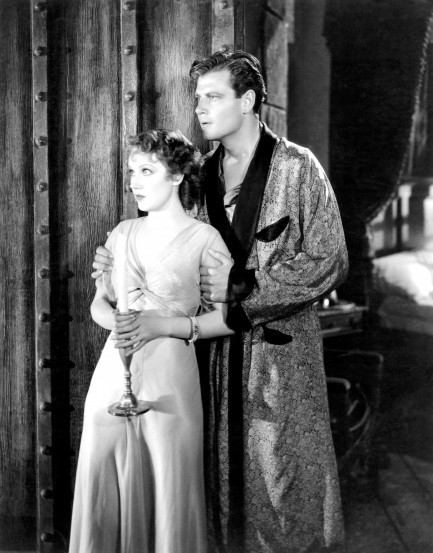 Erm... Joel? I think we should flee before he gets to the most dangerous game. Erm... Joel? I think we should flee before he gets to the most dangerous game.
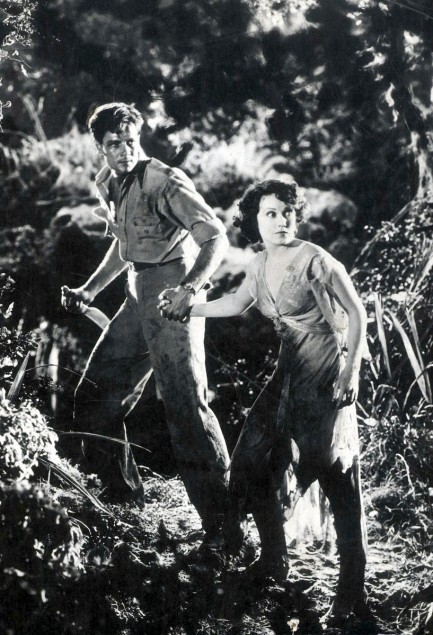 We're lost aren't we? I said flee. I didn't say flee with no goddamn idea which way you were going. We're lost aren't we? I said flee. I didn't say flee with no goddamn idea which way you were going.
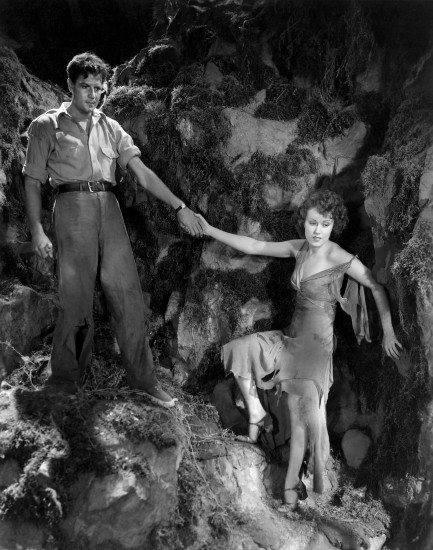 Are you sure we shouldn't have turned left back there at the bog of doom? Are you sure we shouldn't have turned left back there at the bog of doom?
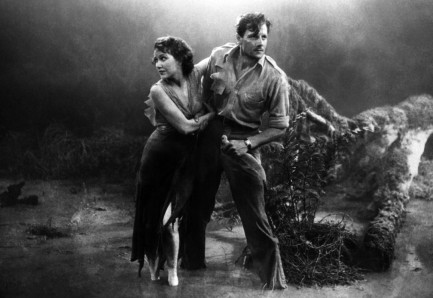 Just admit you're lost, Joel. And not to add to your worries, but I'm getting pretty hungry. If I'm snippy it's your fault. Just admit you're lost, Joel. And not to add to your worries, but I'm getting pretty hungry. If I'm snippy it's your fault.
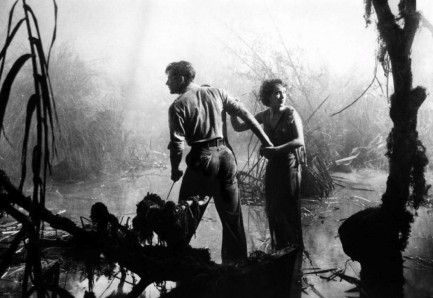 Okay, now we're just going in circles. Okay, now we're just going in circles.
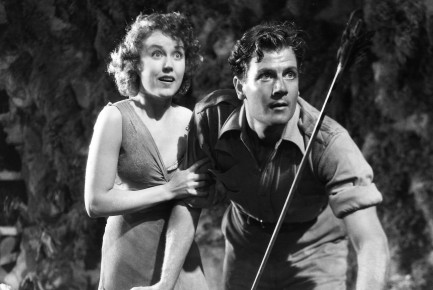 See? He's found us! You never listen! See? He's found us! You never listen!
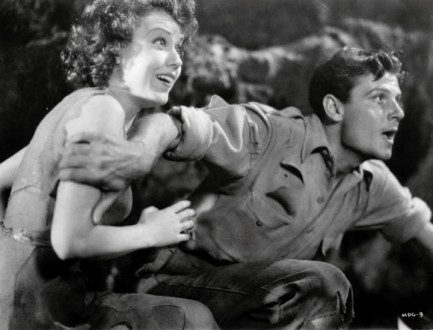 Count! Can you hear me? I'll make you a deal! Take her, and let me leave! Count! Can you hear me? I'll make you a deal! Take her, and let me leave!
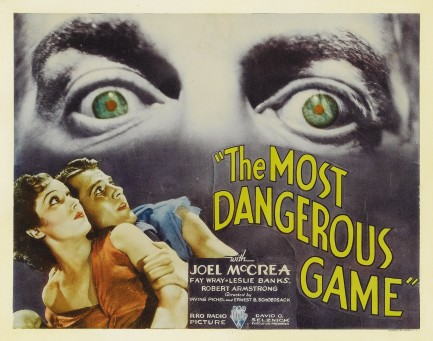 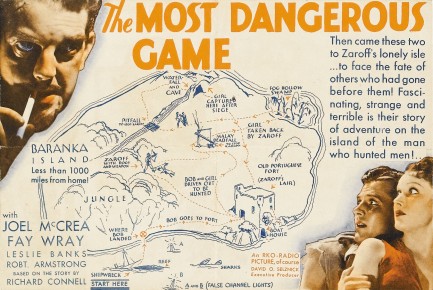 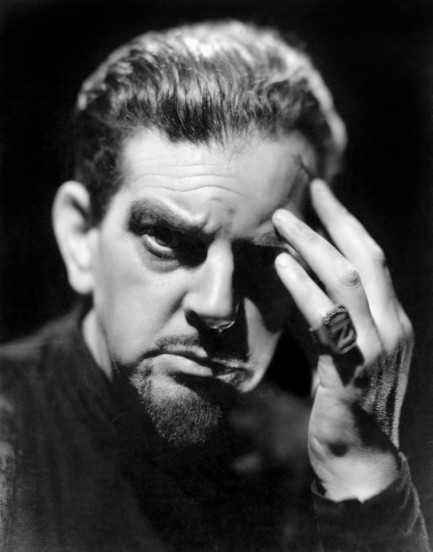 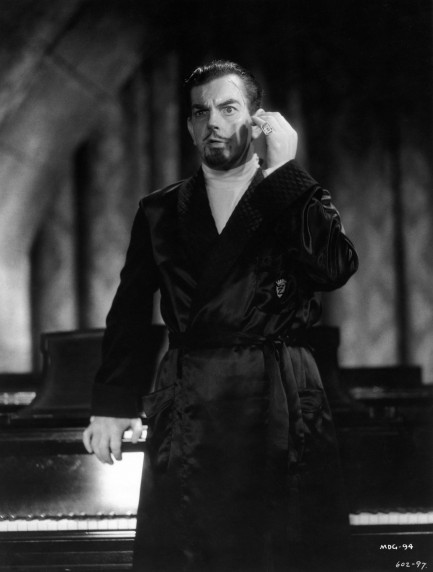 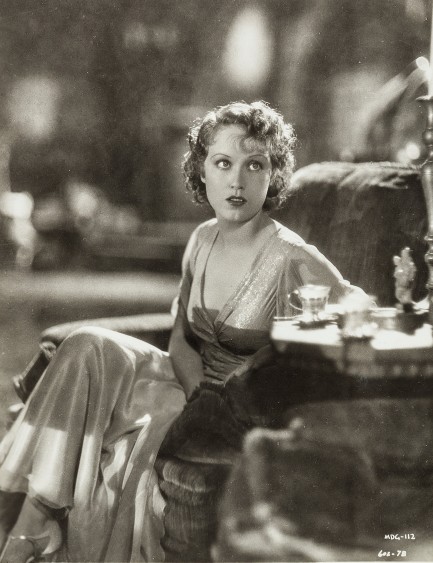 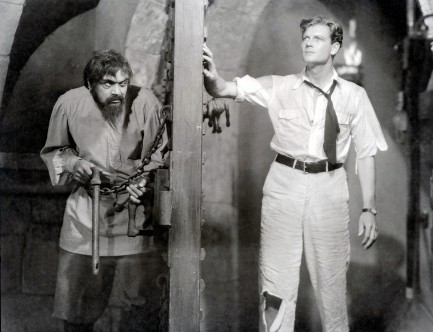 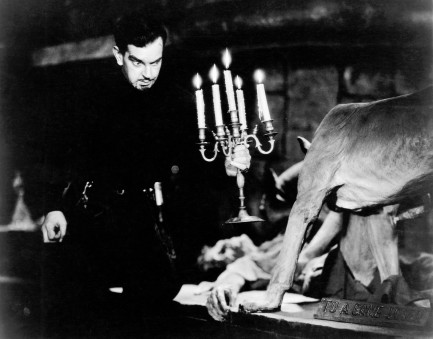  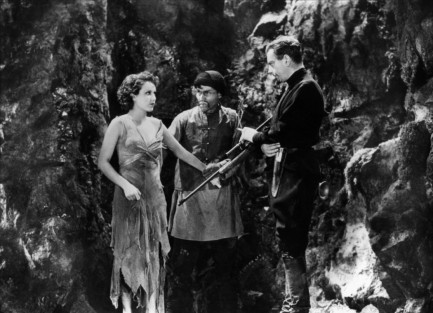 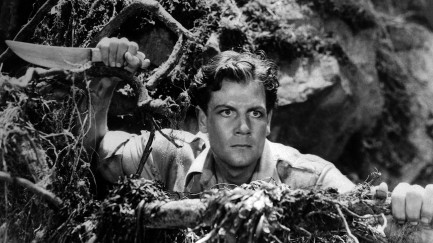 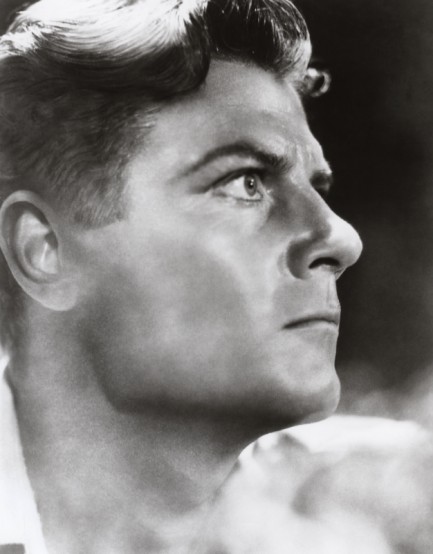 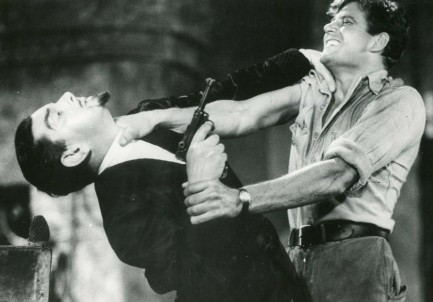 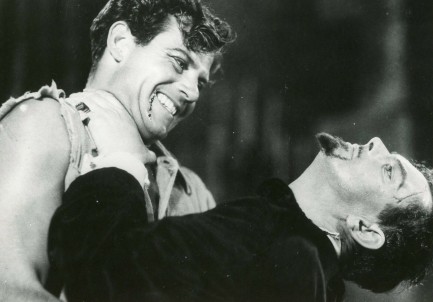 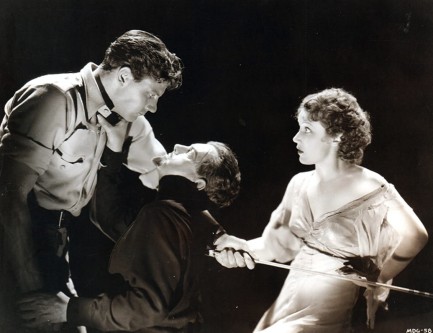 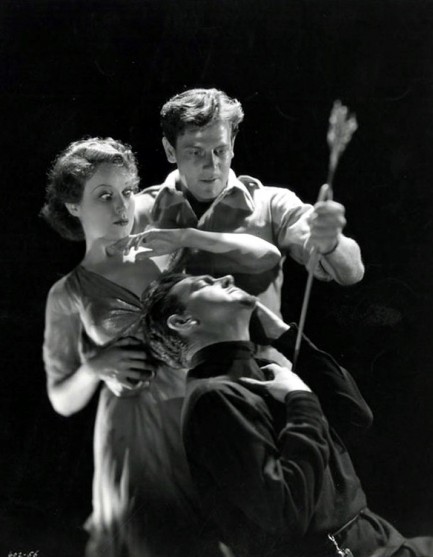
 Sinbad may be the star but it's the dancers who shine brightest. 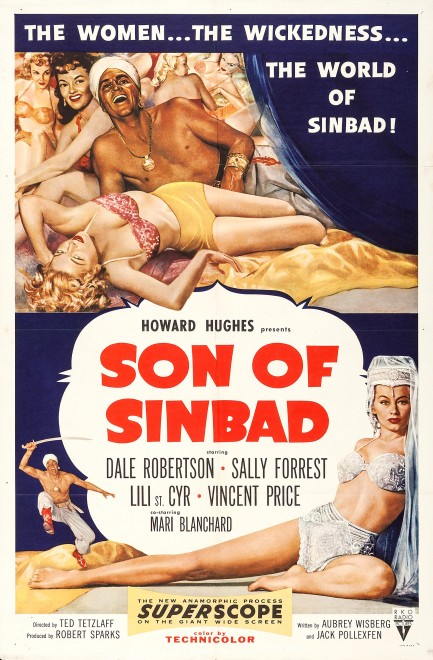
Howard Hughes had an entire slate of personal flaws, not least of which was that he was a frothing racist, but in terms of filmmaking he understood the concept of value-added cinema. He often battled censors, because if he had a beautiful actress on hand he'd build something around her that was as provocative as the market would bear. Jane Russell is his most famous protégée, but he shaped projects for Jean Harlow, Gina Lollobrigida, Faith Domergue, and others. In Son of Sinbad he wanted to show Lili St. Cyr to great advantage, and along the way, in typical fashion, added more, more, and more. He brought aboard MGM dancer-actress Sally Forrest and famed peelers Nejla Ates and Kalantan to compliment St. Cyr, made them all ornately clad harem girls, and ended up with a movie that was nearly banned.
The stars of Son of Sinbad are Dale Robertson as the fictional Sinbad's son and Vincent Price as the historical figure Omar Khayyám, and in the story, which is set in Baghdad, horny Sinbad is busted making time with one of the Sultan's harem girls and is imprisoned along with Omar. In exchange for his freedom Sinbad reveals the existence of Greek fire, a dynamite-like explosive, which could come in handy because the Sultanate is at war with the Tatars. Sinbad doesn't actually have the secret to this weapon himself—it's locked inside the head of his friend Kristina, who can only reveal the process for making it while hypnotized. The Sultan is suitably impressed after a demonstration and agrees to free Sinbad and friends, but due to some palace spying third parties have learned about the weapon, and from that point forward more complications ensue.
While Son of Sinbad is a fantasy adventure with elements of comedy, audiences also knew to expect titillation from RKO Radio Pictures, and the movie leans into that expectation with its sexy costumed dance numbers. Any movie that offers St. Cyr in motion is automatically recommended, and you'll get a sense of why she was probably the most famous burlesque dancer in America, though neither she nor the other dancers remove much clothing. Even so, it's a nice showcase of the burlesque arts, and the dancing offers reason enough to watch the film, and would even if the movie were terrible.
However, the bonus here is that the movie isn't terrible. The lavish sets, beautifully painted backdrops, and colorful costumes transport the viewer—not to ancient Baghdad, but to a magical, soundstage-bound, Technicolor realm similar to that from old Bible flicks. Robertson is fine as Sinbad Jr., but Price, as he tended to do, excels in his second banana role. The man was a born star, and a born ham. As long as you don't expect a masterpiece you'll be entertained. And as a point of added interest, Kim Novak makes a quick and uncredited appearance as a Tatar woman. It was her first screen role, but because the movie was delayed—like many Hughes projects—it was not the first time audiences had seen her. Son of Sinbad did eventually hit cinemas, though, premiering after more than a year of delays, today in 1955.
 It doesn't show on my face but I'm enjoying this immensely. 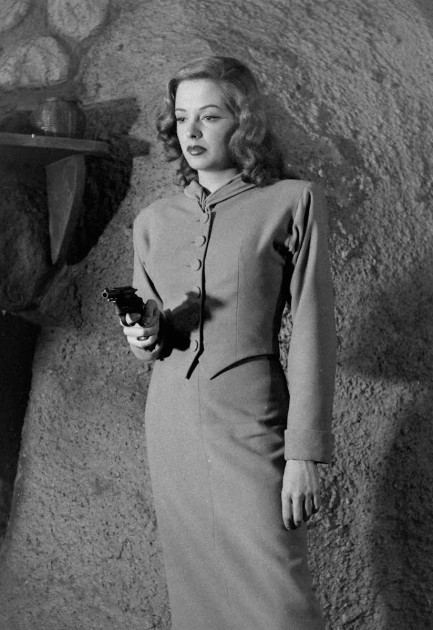
Jane Greer and guns. There are quite a few photos of her armed. This one was made when she was filming Out of the Past, but it doesn't depict the iconic moment when she shot Steve Brodie. She shot him from the front door. Here she's by the fireplace, about where Brodie was when she ventilated him. So we guess RKO Radio Pictures made an entire set of Greer with a gun, complete with wardrobe changes. She looks good in all of them. See her armed and dangerous in three production photos—two from Out of the Past and one from The Big Steal—here, here, and here.
 The toughest case to solve is a case of amnesia. 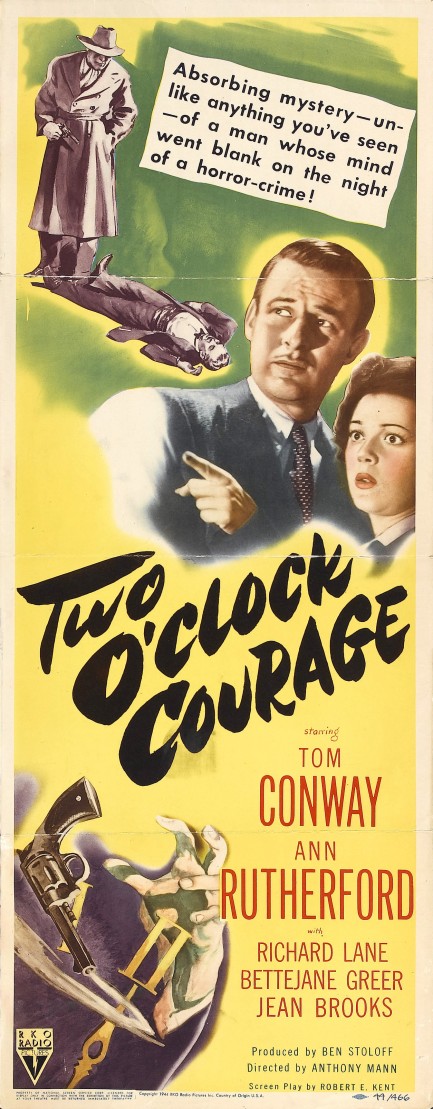
The poster above was made to promote the mystery Two O'Clock Courage, an interesting little noir-adjacent obscurity released today in 1945. It was directed by Anthony Mann of T-Men fame, and stars Tom Conway as a hapless everyman and Ann Rutherford as a cabbie who almost runs him over, but instead takes him under her wing. Conway needs help, you see, because he's been bonked over the head, and has no clue by whom or why. In fact, he doesn't remember anything before meeting Rutherford. Everything is a big fat blank. With his brain back to factory reset, he's a nice enough guy, but he soon learns that Rutherford found him near the scene of a murder. Did he have anything to do with it? He fears he might have. He and Rutherford pair up to sleuth their way to a solution, with cops and the press underfoot all the while.
The movie, while a mystery, also aims for laughs in the style of The Thin Man, with quips, wacky secondary characters, Bettejane Greer (Jane Greer) comically overacting the effects of alcohol, and an inspector who's entirely too willing to defer authority to nosy amateurs. Maybe it was uproarious in its day, but in our day it's a bit tedious. The problem is Conway's stumbling, stammering performance. A little more agency and competence would have played better, in our opinion. His all thumbs persona isn't a dealbreaker, though, thanks to Rutherford's presence. The two even manage to generate a few legit chuckles. As for the mystery, they're pretty bad as sleuths, but they eventually solve it, because with respect to cinematic amnesia you can always count on one thing—it's easy come, easy go.
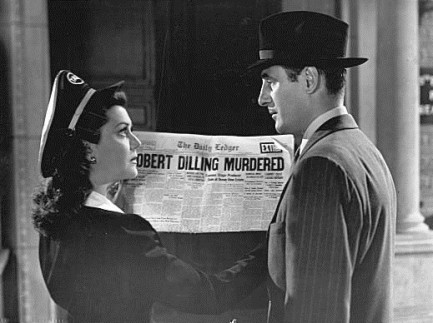 So you really have total and complete amnesia? So you really have total and complete amnesia?
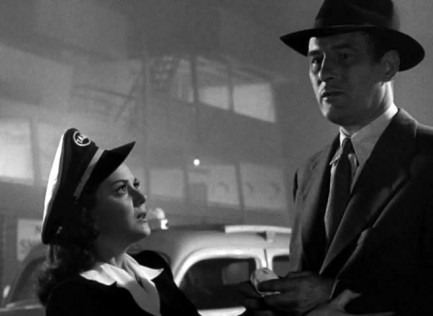 I guess you don't remember, but I've let you ride in my cab, like, hundreds of times and you owe me probably three grand. Cash only, please. I guess you don't remember, but I've let you ride in my cab, like, hundreds of times and you owe me probably three grand. Cash only, please.
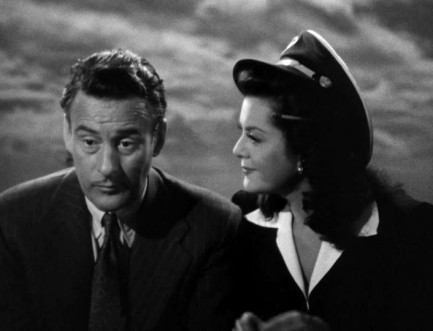 Oh, also we've had dozens of wild, carnal nights together. Since you forgot we better do all those again. Oh, also we've had dozens of wild, carnal nights together. Since you forgot we better do all those again.
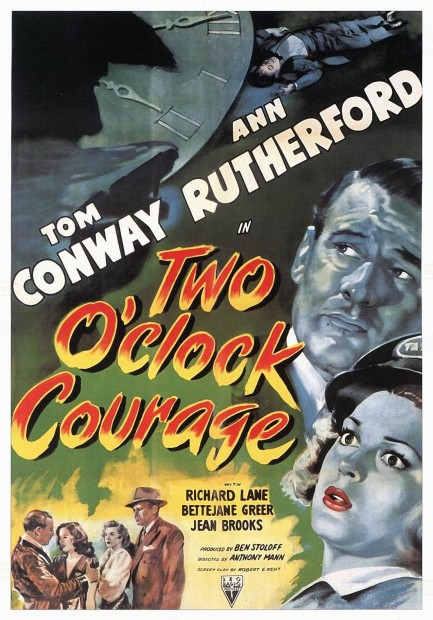
 Hepburn brings a special kind of style to Hollywood. 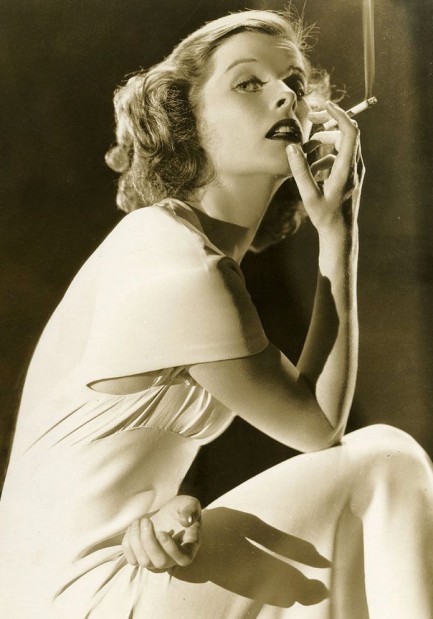
We don't smoke, but Katherine Hepburn sure makes smoking look good in this RKO promo photo shot by Ernest Bachrach in 1935. Though she had a long and storied career, this early shot is pretty much her iconic image. Prints of it are even sold on Wal-Mart's website. Hepburn is incomparable. Her must-watch films include Bringing Up Baby, Adam's Rib, The Philadelphia Story, The African Queen, Long Day's Journey into Night, The Lion in Winter, the groundbreaking Guess Who's Coming to Dinner (which inspired an excellent reggae song by Black Uhuru), and On Golden Pond. You can sum up Hepburn's output by saying she was nominated for a Best Actress Oscar twelve times and won a quartet, the most ever. The Oscar has failed to stay as relevant as it could have over recent decades, and the Academy has made some embarrassing Best Picture choices (Forrest Gump over Pulp Fiction—really?), but it's always been a reliable measure of acting quality, so Hepburn's four wins are meaningful. The one thing she didn't do was make a lot of pulp style movies. One that looks as if it qualifies is the 1946 drama Undercurrent. We'll circle back to that and the divine Miss H. in a bit.
 What's being stolen? A previous movie's most successful ideas. 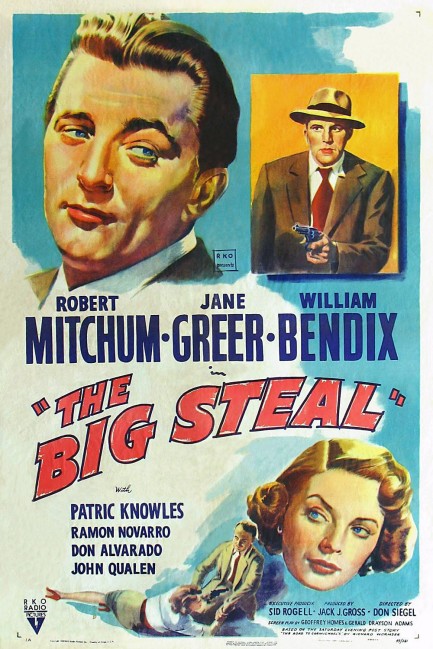
Every Hollywood star has that brief moment when they're invincible at the box office, but it seems as if Robert Mitchum, more than most others, was a guy who maintained his power for many years. When The Big Steal came out he'd already run the gauntlet of a drug bust, jail time, and the public repentance circuit, and seemed to emerge unscathed. The executive brains at RKO decided to match teflon Rob with Jane Greer in an attempt to replicate the pair's runaway success in the film noir monument Out of the Past. This time the studio went for a lot of banter and not much in the way noir style, as Mitchum plays an army lieutenant accused of a payroll robbery who pursues the real thief Patric Knowles through Mexico. Greer plays Knowles' fiancée, who he cold-heartedly divested of two-thousand bucks, because thieves are just a little more pragmatic than they are romantic.
The movie is fueled by that Mitchum/Greer chemistry, plus high speeds, resort wardrobe, wry looks, and the Out of the Past memories of movie audiences. Greer brandishes a gun again, just as in that seminal sequence in Out of the Past. Mitchum has a desperate fistfight, just as in Out of the Past. All of this retreading is supported by visually helpful location shooting in Veracruz and other areas of Mexico. The end result is a pleasant little chase film that's even comical at times. Or maybe the laughs came from our dark senses of humor. For example, you know how car pursuits sometimes go right through flocks of chickens, but the chickens never get hurt? In this movie one actually gets run over—at least if the numerous feathers drifting in the car's wake were any indication. That really amused us. Also nearly flattened were goats, a few cows, mules, children, and middle-aged ladies. In fact, all the near misses felt like a running gag about how Americans are always in a hurry.
Other aspects of the movie are equally tongue-in-cheek, including Mitchum's ugly-American stabs at Spanish, but however lightweight this is at times, in the end it's still categorized as a thriller, which means it needs to make pulses race. We wouldn't say it fully achieves that requirement, but it isn't bad either. Mitchum gonna Mitchum, and that's all a studio needed at this moment in time to make a movie work. He'd go on to headline Where Danger Lives, Angel Face, and a long string of good-to-middling dramas and noirs, all the way up to his other cinematic monuments, 1955's The Night of the Hunter and 1962's Cape Fear. The Big Steal is an okay flick, but its true value may be that it shows what the Mitchum charm can do for material that doesn't even deserve him. It premiered in the U.S. today in 1949.
 Unless they're framed and sent to prison for life. In that case a few tears are understandable. 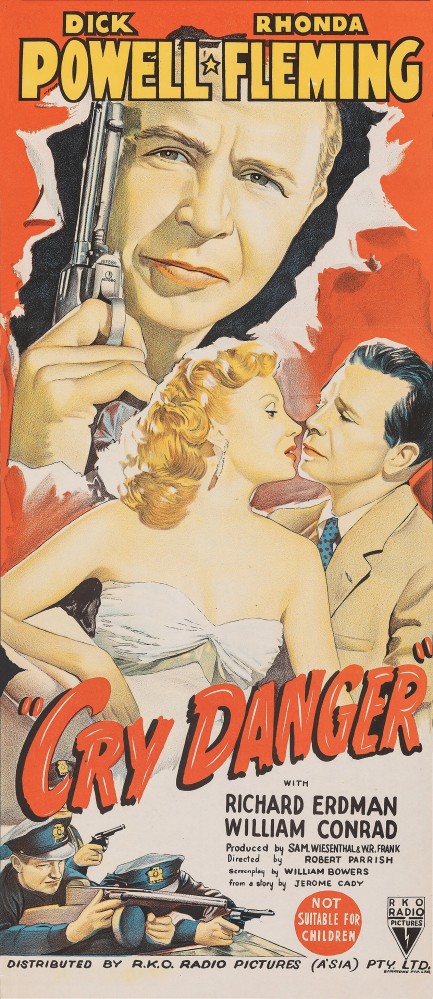
Above is a rare and vibrant Australian full bleed (i.e. borderless) promo poster from RKO Radio Pictures A/SIA for Dick Powell's classic film noir Cry Danger, released Down Under today in 1951. We wrote about this flick back in February, so if you're curious just have a look at this link.

|
 |

The headlines that mattered yesteryear.
2003—Hope Dies
Film legend Bob Hope dies of pneumonia two months after celebrating his 100th birthday. 1945—Churchill Given the Sack
In spite of admiring Winston Churchill as a great wartime leader, Britons elect
Clement Attlee the nation's new prime minister in a sweeping victory for the Labour Party over the Conservatives. 1952—Evita Peron Dies
Eva Duarte de Peron, aka Evita, wife of the president of the Argentine Republic, dies from cancer at age 33. Evita had brought the working classes into a position of political power never witnessed before, but was hated by the nation's powerful military class. She is lain to rest in Milan, Italy in a secret grave under a nun's name, but is eventually returned to Argentina for reburial beside her husband in 1974. 1943—Mussolini Calls It Quits
Italian dictator Benito Mussolini steps down as head of the armed forces and the government. It soon becomes clear that Il Duce did not relinquish power voluntarily, but was forced to resign after former Fascist colleagues turned against him. He is later installed by Germany as leader of the Italian Social Republic in the north of the country, but is killed by partisans in 1945.
|

|
|

It's easy. We have an uploader that makes it a snap. Use it to submit your art, text, header, and subhead. Your post can be funny, serious, or anything in between, as long as it's vintage pulp. You'll get a byline and experience the fleeting pride of free authorship. We'll edit your post for typos, but the rest is up to you. Click here to give us your best shot.

|
|


















 Edit: Vintage movies are excellent windows into bygone customs and practices. There's a great moment in this one. Rhonda Fleming and James Craig are chatting in her apartment late one night when the doorbell unexpectedly buzzes. They look at each other confused for a second, then Fleming says, “It's probably the drugstore. That was the last bottle of Scotch.”
Edit: Vintage movies are excellent windows into bygone customs and practices. There's a great moment in this one. Rhonda Fleming and James Craig are chatting in her apartment late one night when the doorbell unexpectedly buzzes. They look at each other confused for a second, then Fleming says, “It's probably the drugstore. That was the last bottle of Scotch.”


















 *sigh* I'm getting mighty fucking bored on this island. Even my best formal wear doesn't lift my mood anymore.
*sigh* I'm getting mighty fucking bored on this island. Even my best formal wear doesn't lift my mood anymore. My God. I suddenly have the most dastardly idea.
My God. I suddenly have the most dastardly idea. And now we shall play a very dangerous game! Staring like cats! We'll be in danger of enjoying ourselves!
And now we shall play a very dangerous game! Staring like cats! We'll be in danger of enjoying ourselves! Stand against the wall and I'll throw this knife at you. I mean—not at you. Close enough to be dangerous. I mean— Okay, I can see you're not into it.
Stand against the wall and I'll throw this knife at you. I mean—not at you. Close enough to be dangerous. I mean— Okay, I can see you're not into it. How about a little Russian roulette? That's a fairly dangerous game.
How about a little Russian roulette? That's a fairly dangerous game. Erm... Joel? I think we should flee before he gets to the most dangerous game.
Erm... Joel? I think we should flee before he gets to the most dangerous game. We're lost aren't we? I said flee. I didn't say flee with no goddamn idea which way you were going.
We're lost aren't we? I said flee. I didn't say flee with no goddamn idea which way you were going. Are you sure we shouldn't have turned left back there at the bog of doom?
Are you sure we shouldn't have turned left back there at the bog of doom? Just admit you're lost, Joel. And not to add to your worries, but I'm getting pretty hungry. If I'm snippy it's your fault.
Just admit you're lost, Joel. And not to add to your worries, but I'm getting pretty hungry. If I'm snippy it's your fault. Okay, now we're just going in circles.
Okay, now we're just going in circles. See? He's found us! You never listen!
See? He's found us! You never listen! Count! Can you hear me? I'll make you a deal! Take her, and let me leave!
Count! Can you hear me? I'll make you a deal! Take her, and let me leave!
















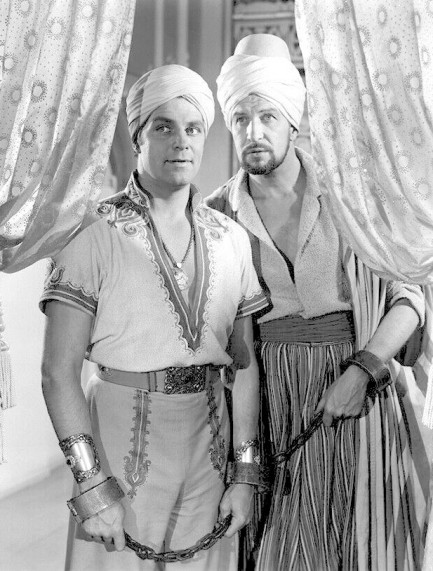
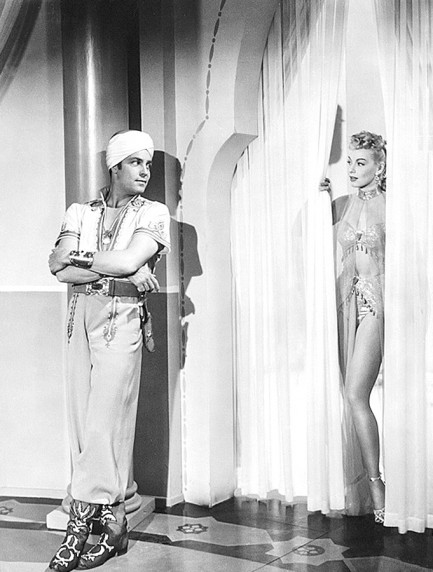

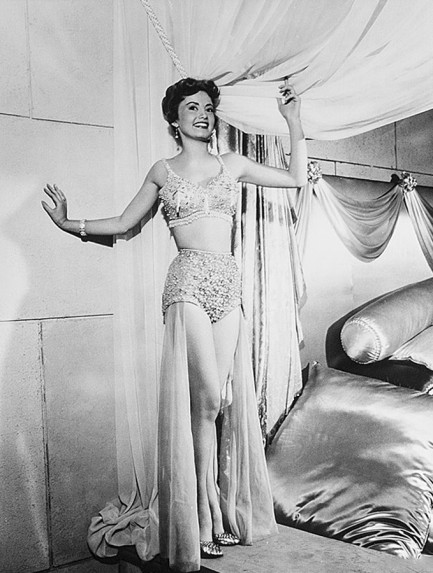
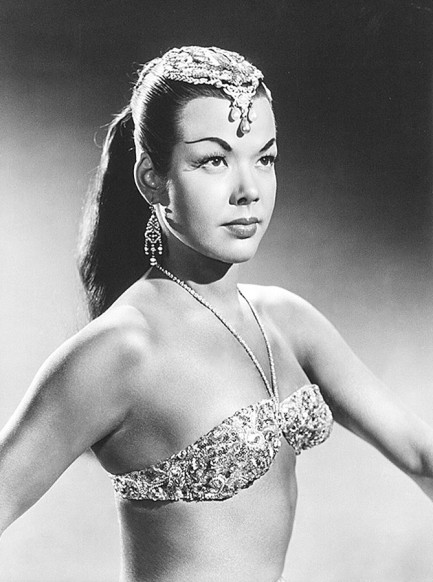
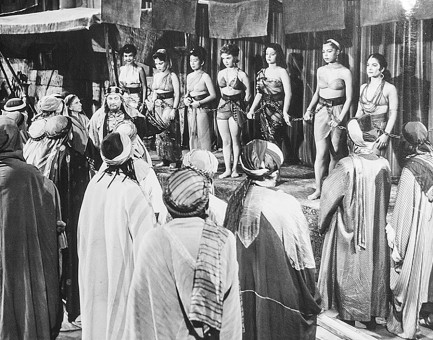
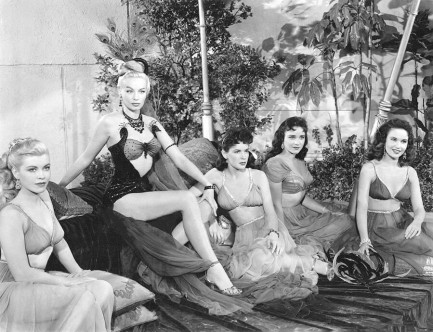
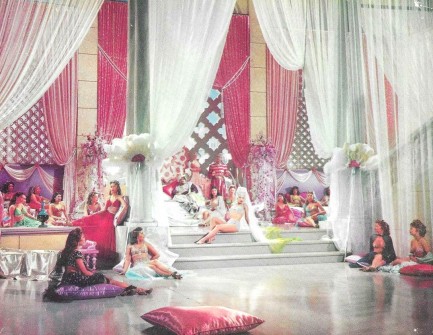
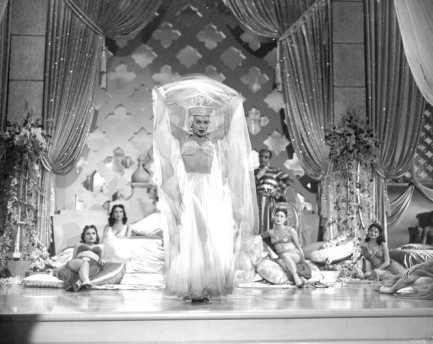
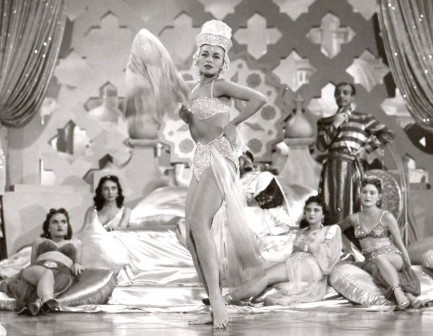
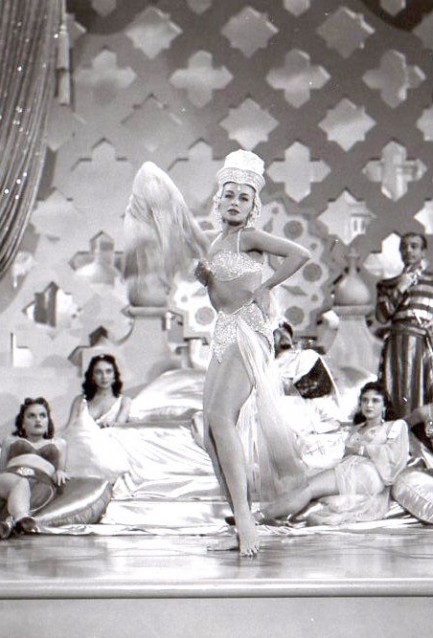
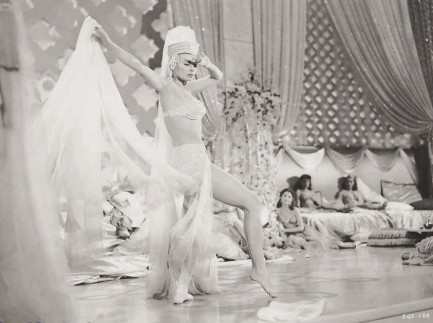
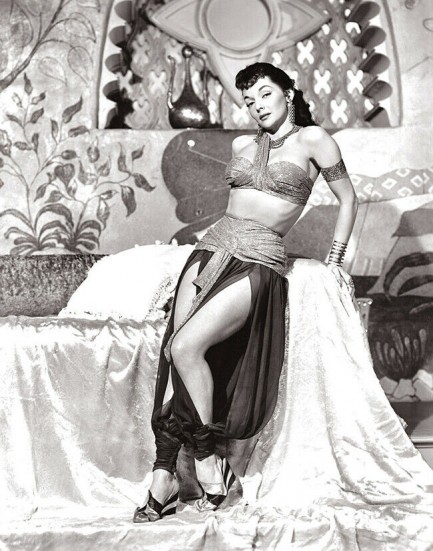
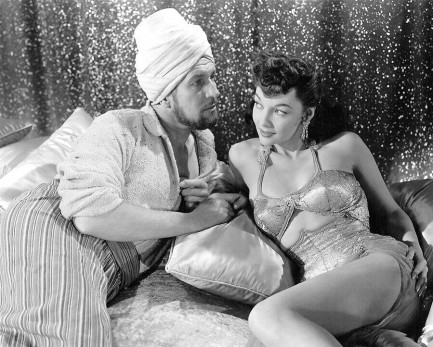
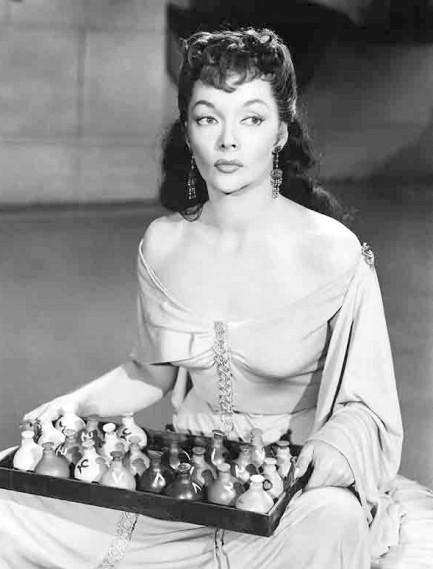
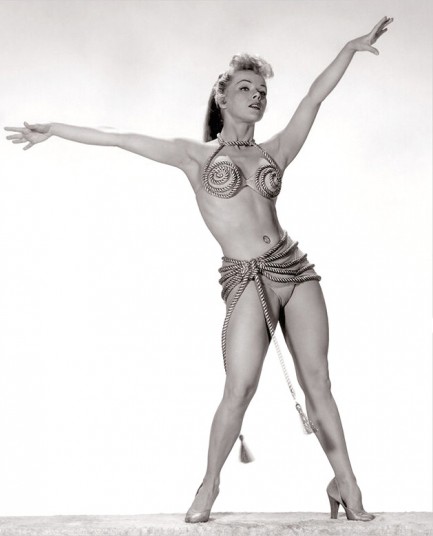


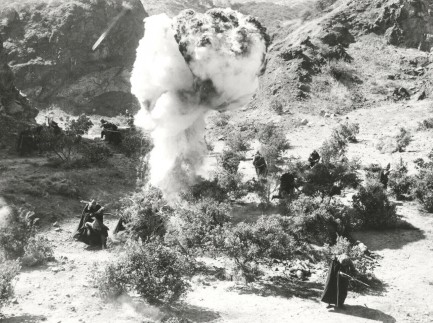
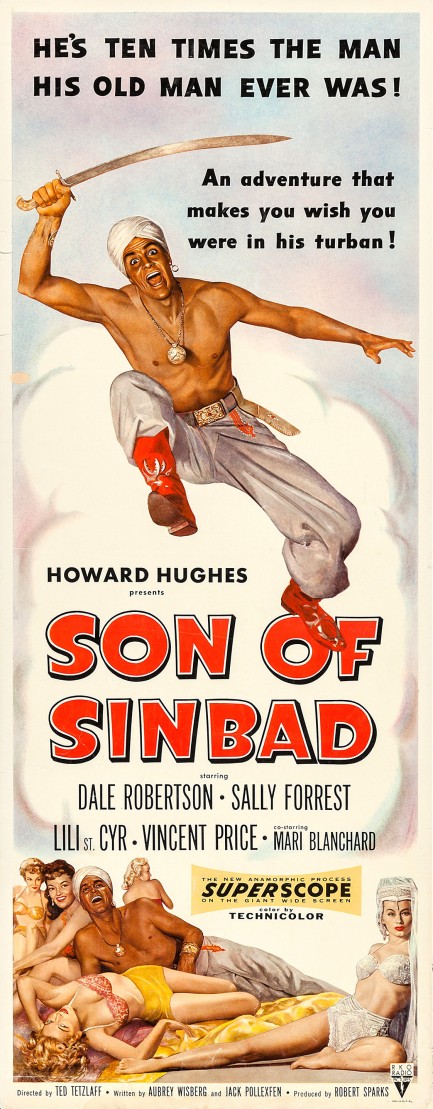




 So you really have total and complete amnesia?
So you really have total and complete amnesia? I guess you don't remember, but I've let you ride in my cab, like, hundreds of times and you owe me probably three grand. Cash only, please.
I guess you don't remember, but I've let you ride in my cab, like, hundreds of times and you owe me probably three grand. Cash only, please. Oh, also we've had dozens of wild, carnal nights together. Since you forgot we better do all those again.
Oh, also we've had dozens of wild, carnal nights together. Since you forgot we better do all those again.




